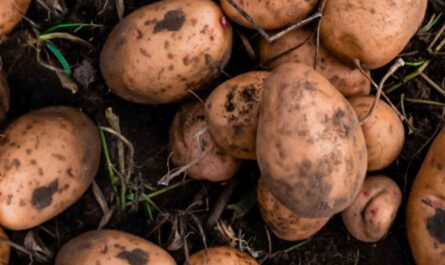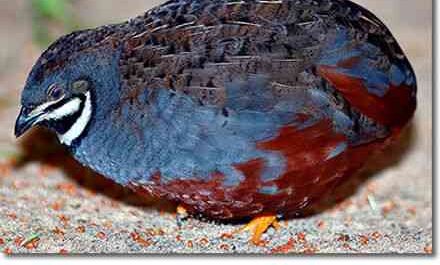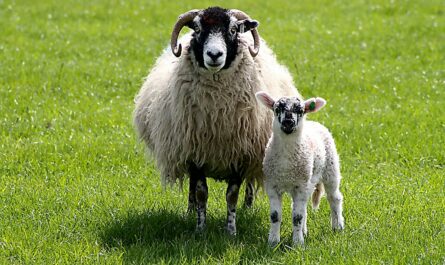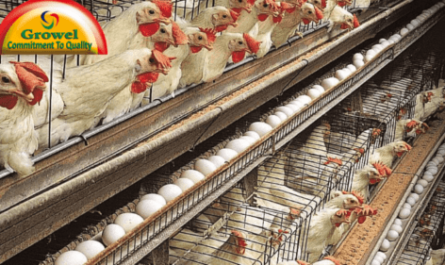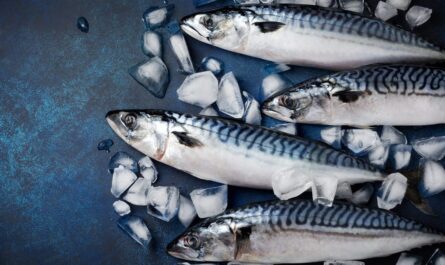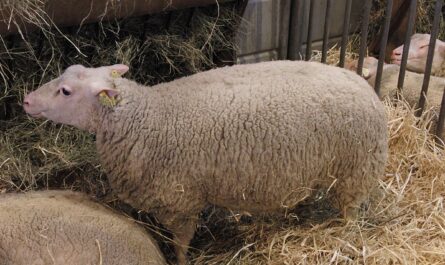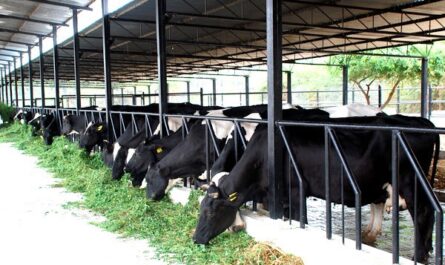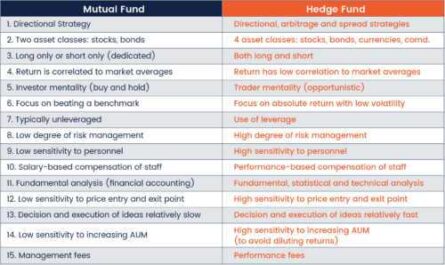Haddock is a type of marine fish native to the North Atlantic and its associated seas.
It is easily recognized by the black lateral line that runs along its white side and the characteristic dark spot above the pectoral fin. It is an important target fish species for North Atlantic fisheries.
In the past, haddock grew quite slowly. But the pace of growth has changed dramatically over the past 30 to 40 years.
Growth is now faster and these fish usually reach adult size much earlier than previously. Learn more about this type of fish below.
Characteristics of haddock
Haddock’s mouth is relatively small. Their lower jaw is shorter than the upper and they have no palatal teeth.
They have 3 dorsal fins and 2 anal fins. All fins are separated from each other. Base of first anal fin short, less than half preanal distance. Naturally, this fish has an off-white color.
The average body length of haddock ranges from 38 to 69 cm, the maximum recorded length is 1.1 m, and the average weight of an adult fish is 0.9 to 1.8 kg. Photos and information from Wikipedia.
Diet
Haddock feed mainly on small invertebrates. Although the largest representatives of this species of fish can sometimes eat fish.
reproduction
Male haddock reach maturity at 4 years of age, while females may take longer to mature. Males generally predominate in marine areas and females in shallow waters.
Spawning usually takes place in seawater at depths of 50-150 m. Spawning usually takes place between January and June, with a peak in late March-early April.
The most important spawning grounds are in the waters of central Norway, near southwest Iceland and off George.
Typically, a female can lay around 850,000 eggs per clutch. Larger females are capable of producing up to 1 million eggs per year.
Advantages
Haddock is used primarily for food. It is a very popular food fish and is sold fresh, frozen, smoked, dried or canned.
Special Notes
Haddock is a very important fish species. It has great economic importance. It is one of the most popular fish in British fish and chips.
The commercial catch of this fish in North America has declined significantly in recent years, but is now recovering.
Haddock typically live at depths of 40–133 m, but have a range of up to 300 m. It generally grows well at temperatures of 2-10°C. Adults prefer deeper water, while juveniles prefer shallower water.
The growth rate of these fish varies greatly by region. The length of the body of fish at the end of the first year of life varies from 17 to 19 cm, and from 25 to 36 cm at the end of the second year.
It is a fairly long-lived fish, with an average lifespan of around 14 years. However, check out the full haddock breed profile in the table below.
| Last name | Haddock |
| Kingdom | animal |
| phylum | chords |
| To classify | Actinopterygia |
| order | similar to cod |
| A family | Gadidae |
| Gender | Melanogram |
| see | M. eglefinus |
| Binomial name | Melanogrammus aeglefinus |
| Other names | Known by different names in different parts of the world |
| Purpose of the breed | Food |
| Special Notes | Economically important species of fish, mainly used for food, commercially important species of fish, one of the most popular fish in UK fish and chips, usually found at depths of 40-133m, usually thrives at 2-10 ° C, adults prefer deeper water, but juveniles prefer shallow water, very variable growth rate depending on the region, average lifespan 14 years, sold fresh, frozen, smoked, canned or dried |
| Breeding method | Natural |
| climatic tolerance | native climate |
| skin color | White |
| The weight | 0.9 1.8kg |
| scarcity | general |
| Availablity | America and Europe |


